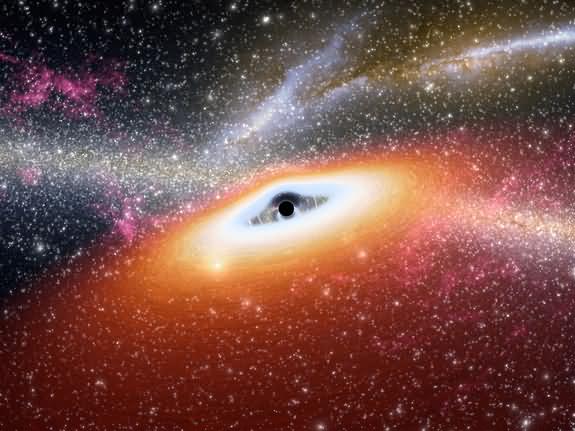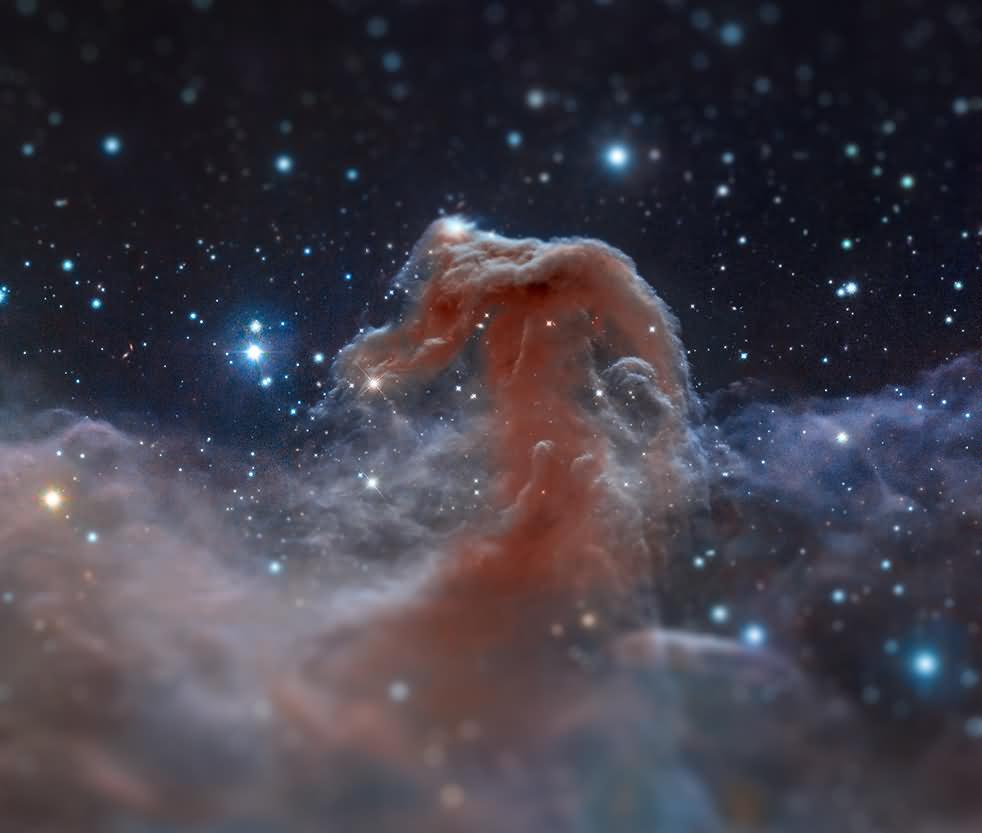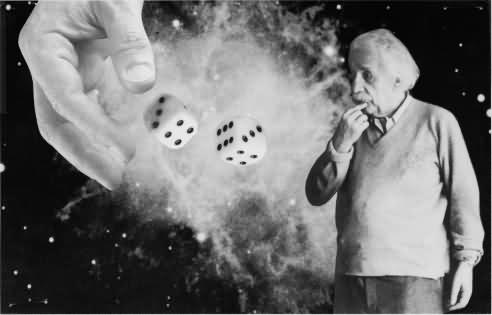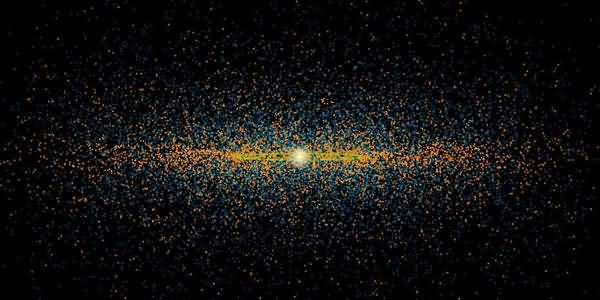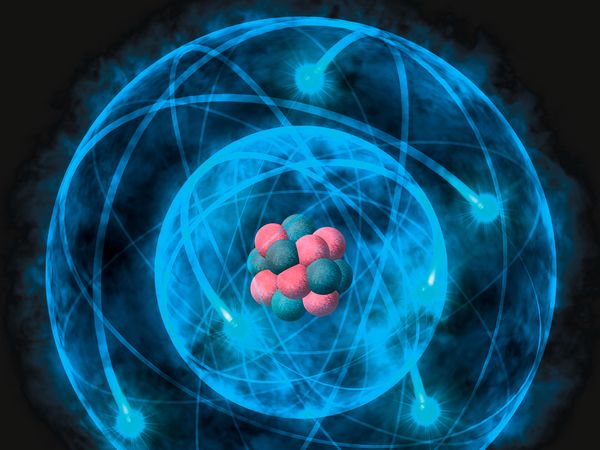Does a Black Hole Exist or Not?
There are no black holes? Black hole theory has been turned upside down. Stuff like this was going around everywhere, and from what I could tell, because they couldn't understand Hawking, they were implicitly claiming that matter entering a black hole was being released back into the universe in a form of energy we couldn't otherwise understand. Then they repeated the same thing like a broken record. Seeing that they weren't going to do anything, I decided to dive in and read Hawking's article on the subject. Only the Quark website took this seriously with a nice translation. Their article, too, was worth reading. from here You can reach me. I'll admit, it was quite difficult. I had to learn Ads theory, CFT symmetry, anti-de Sitter spacetime, de Sitter spacetime (both refer to a five-dimensional space, with anti-space shrinking and normal-space expanding), the Hartle-Hawking state, the Unruh effect, Hawking radiation, Minkowski space, and many more things I could list here. Yes, I had to learn (I'm not even sure I did). Because you don't normally hear about these things very often. I hadn't either. Since they were already explained to theoretical physicists, I had to work on them separately. After a while, I had to ask for help. I emailed Assistant Professor Tolga Birkandan at Istanbul Technical University. He answered my questions with great dedication and dedication. I thank him here. I also congratulate Gökhan Atmaca for his approach, which differs from other scientific websites and our country's media, by delving into the details of the matter on the Quark website. Let me start writing now.
Let's start from the beginning. According to general relativity, energy and mass curve space and time. If this mass or energy passes a certain point, it curves space and time in such a way that it creates a black hole. And according to the laws of physics, once you enter a black hole, you cannot return. That point of no return is called the event horizon, which is crucial; it is a sphere. As the mass of a black hole increases, its surface area also increases. Normally, it's unknown what's inside a black hole because no information can escape from it. However, the mass/energy of a black hole leaves a mark. If an object is caught orbiting a black hole, its angular momentum is added to the angular momentum of the black hole. The mass and angular momentum of a black hole are observed by their effects on the spacetime around it. In this way, the principles of conservation of energy and angular momentum are confirmed by black holes. However, they violate the second law of thermodynamics. According to the second law of thermodynamics, the reverse process cannot occur. For example, you drop a glass and break it. The broken pieces cannot recombine. Entropy disorder always increases. It never decreases. According to this law, the universe's entropy is constantly increasing. However, when an object entering a black hole disappears, its entropy is also lost, thus violating this law. Stephen Hawking resolved this issue in 1970, showing that entropy does not decrease at the event horizon. In 1974, he demonstrated that it spontaneously emits thermal radiation through a quantum process (known as Hawking Radiation). (See "The Quantum Mechanics of Black Holes," Stephen Hawking, Scientific American, January 1977). Now, let's elaborate on this. A black hole doesn't actually emit radiation. Of the particle and anti-particle pairs formed around the event horizon, the anti-particle is swallowed by the black hole, while the particle escapes into space and is observed as radiation. Because it is an anti-particle that enters the black hole, it loses mass over time. But the rule that entropy disorder increases with Hawking radiation also applies. According to this idea, a black hole will eventually disappear because it loses more mass than it absorbs. And here's another inverse phenomenon: when a black hole disappears, everything that entered it also disappears. This contradicts the principle that matter cannot be destroyed.
The event horizon in a black hole was a natural consequence of the equations of Einstein's theory of relativity, and researchers asked what would happen if an observer fell into the event horizon. Initially, it was thought that the observer would be drawn into the center of the black hole and crushed beneath the massive mass, disappearing. However, when quantum physics was applied to this situation, they discovered that the event horizon would be a very high-energy area, burning the observer like a piece of cake. They called this the firewall. This firewall is also caused by particles observed as radiation, which we call Hawking Radiation (in fact, Hawking was developing his own theory here). However, this firewall not only conflicted with general relativity but also did not provide the CPT invariance of quantum gravity. According to general relativity, the event horizon should be normal. No separate physical law should apply to the observer. Regarding CPT invariance, I'm quoting exactly what Tolga Bey wrote to me here. He's written it beautifully.
CPT invariance means that your theory must remain unchanged in the event of charge, parity, and time reversals. If you study black holes solely using general relativity, you're dealing with classical physics, not quantum physics. When you introduce quantum mechanics, you have to ensure things like CPT invariance.
Here too, the firewall did not provide this immutability.
I think we understand everything so far. Now it's time to understand Hawking. Before I comment on Hawking's article, I'd like to point out something that physicists think the same way I do. Or maybe I think the same way they do. Point of view = ) It's been mentioned on some pages and even on NTV. We've believed this for 30 years, are we supposed to believe this now? First of all, science is not religion. These are hypotheses too. Never take it for granted. Keep up with scientific methods. In short, don't religiousize science. This article by Hawking explains his more philosophical side. The article explaining mathematical equations will be published by him in the coming months, and physicists will start to analyze it then. Anyway.
Hawking initially addressed this firewall paradox in his article.
The first obstacle to a firewall is that the firewall observed by the observer at the event horizon will be a second event horizon, called the apparent horizon, which is a function of spacetime, which doesn't actually exist. In other words, there is also an apparent horizon beyond the event horizon. According to his new idea, matter or energy entering a black hole doesn't disappear. It doesn't go to the singularity, the center, and get crushed under the infinite mass. It remains confined behind the visible horizon, which is a second event horizon. However, this space will be so dense and chaotic that it can no longer remain in matter and converts to energy. He says that only things traveling at the speed of light can escape a black hole. In theory,
Secondly, what prevents a firewall from existing is that it doesn't provide CPT invariance. It explains many things, such as the Hartle-Hawking case and the Unruh effect, but in short, there is no firewall because it doesn't provide CPT invariance.
At the same time, when a metric measurement is made in the Schwarzschild anti-de Sitter space of the firewall and event horizon, the event horizon and firewall time must vanish relative to real time. Let's explain this. Anti-de Sitter (AdS) space has a negative cosmological constant, meaning it's a shrinking space. Importantly, if you calculate entropy using general relativity in the (n)-dimensional AdS space and find it entirely using the (n-1)-dimensional CFT, you can also find the same result using the AdS/CFT correspondence. This shrinking spacetime isn't interesting for observations because it appears we live in an expanding universe. When writing the Einstein field equations (whose solution gives you something called a metric, which captures all the properties of spacetime), you write information about the curvatures of spacetime on one side of the equation and the part describing the matter within spacetime on the other. The energy-momentum tensor describes the matter.
The result of all these ideas is that there is no event horizon, no firewall, and therefore no black hole. But let's not forget that these are just hypotheses. Black holes exist as a result of the equations of relativity theory. According to Hawking's new hypothesis, they don't actually exist. Something different happens. This situation arises when quantum physics enters the picture, as I've previously mentioned before about the disagreement between quantum physics and relativity theory at the moment of the Big Bang. in one of my articlesBecause the Big Bang moment involved very large masses at such a small point, both had to be used together, but the results came back as infinity, driving scientists crazy. Either way, it's clear that the world of physics needs a new theory that unifies and completes both. This has been my most challenging article so far. This is the limit I've reached in physics in my current state. I hope I can go even further in the future. I wish I could study physics. =)
Source:
Stephen Hawking – Information Preservation and Weather Forecasting for Black Holes – arXiv:1401.5761

